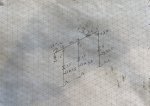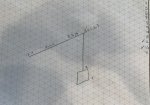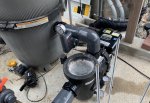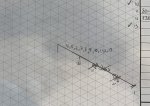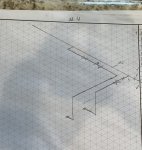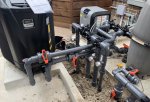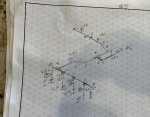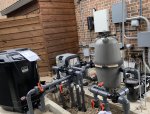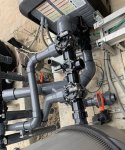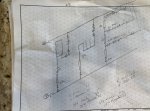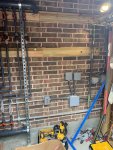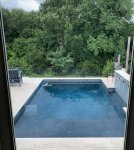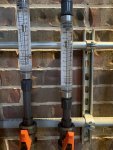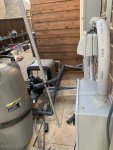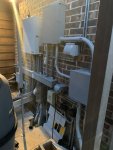HifiGuy84
Very nice. A few things really stand out to me.
I really dig the use of the unistruts everywhere.
I especially like the use of the cable tray for the LFMC/FNMC.
The inline gauges are very impressive. Can you please give some more detail about those and what each one does (maybe you plan on labeling later)?
I'm always impressed with folks that take their time and give their pad lots of attention-to-detail. Especially one's that take their time and do a professional looking job painting their plumbing etc.
More details about the gauges and some of the other high tech items would be good reading for a few of us here.
Thanks so much for sharing and look forward to learning more about your methods and equipment.
Great Job

Pool looks very nice as well.
r.
